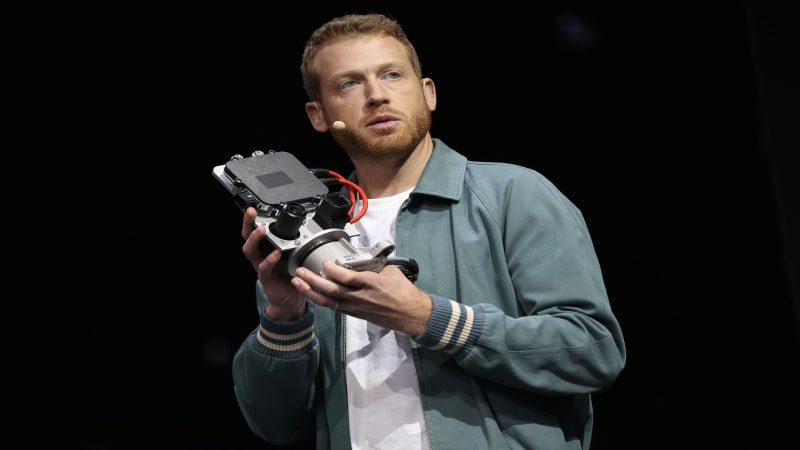CEO of GM's Cruise robo-taxi unit resigns amid US safety review

Kyle Vogt, the CEO of General Motors’ robot-taxi unit Cruise, has resigned from the company a day after apologizing to staff as the company undergoes a safety review of its U.S. fleet.
Vogt, 38, offered little in the way of explanation, stating simply “I have resigned from my position” in an email to staff viewed by Reuters on Sunday. Vogt founded Cruise in 2013.
His decision follows weeks of turmoil at the unit, which had to pull all its vehicles from testing in the United States to conduct a safety review after an Oct. 2 accident that ended with one of Cruise’s self-driving taxis dragging a pedestrian.
A source familiar with the circumstances of Vogt’s resignation said Vogt had informed the board of his decision to leave on Sunday after apologizing to staff for the company’s problems in an email on Saturday.
“As CEO, I take responsibility for the situation Cruise is in today. There are no excuses, and there is no sugar coating what has happened. We need to double down on safety, transparency, and community engagement,” he wrote in the email, reported exclusively by Reuters.
Cruise’s woes are also a setback for an industry dependent on public trust and the cooperation of regulators. The unit had in recent months touted ambitious plans to expand to more cities, offering fully autonomous taxi rides.
Vogt’s resignation came after GM and the board at Cruise increased their scrutiny of its leadership.
The Cruise board met on Nov. 13 and the next day named GM general counsel Craig Glidden as Cruise’s chief administrative officer. The board also said it would retain a third-party safety expert to assess safety operations and culture.
GM CEO Mary Barra said in an email to employees seen by Reuters that Glidden will serve as Cruise’s co-president with Mo Elshenawy, who will also become chief technology officer.
“We continue to believe strongly in Cruise’s mission and the potential of its transformative technology as we look to make transportation safer, cleaner and more accessible,” she said.
Former Tesla President Jon McNeill, a GM director since 2022, was named vice chairman of the Cruise board alongside Barra, who is the chair.
Cruise competes with Alphabet’s Waymo in deploying autonomous vehicles and had been testing hundreds in several cities across the U.S., notably its home of San Francisco.
In October, the California Department of Motor Vehicles ordered Cruise to remove its driverless cars from state roads, calling them a risk to the public and saying the company had misrepresented the safety of its technology.
The National Highway Traffic Safety Administration in October opened an investigation into pedestrian risks at Cruise and the Cruise board hired law firm Quinn Emanuel to review Cruise management’s responses to regulators investigating the Oct. 2 accident.
“The last 10 years have been amazing, and I’m grateful to everyone who helped Cruise along the way,” Vogt wrote in his email. In a post on social media platform X shortly after his resignation, he added: “Cruise is still just getting started, and I believe it has a great future ahead.”
Barra has told investors Cruise could generate $50 billion in revenue by 2030. The operation lost more than $700 million in the third quarter of this year on its plans to expand operations to 15 U.S. cities. (Reporting by Greg Bensinger; additional reporting by David Shepardson; Editing by Kenneth Li and Miral Fahmy)



